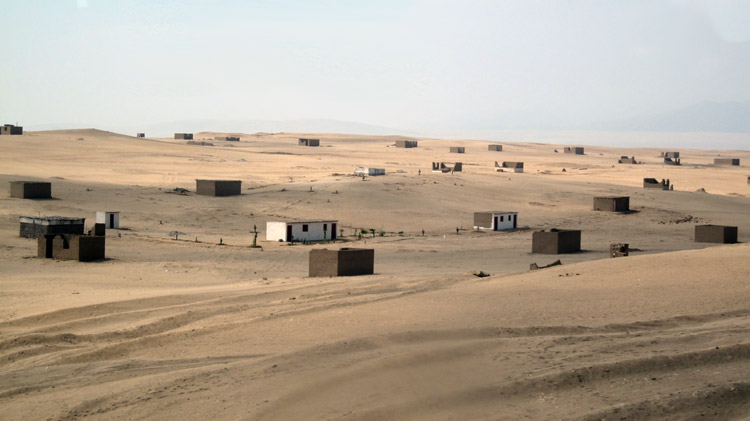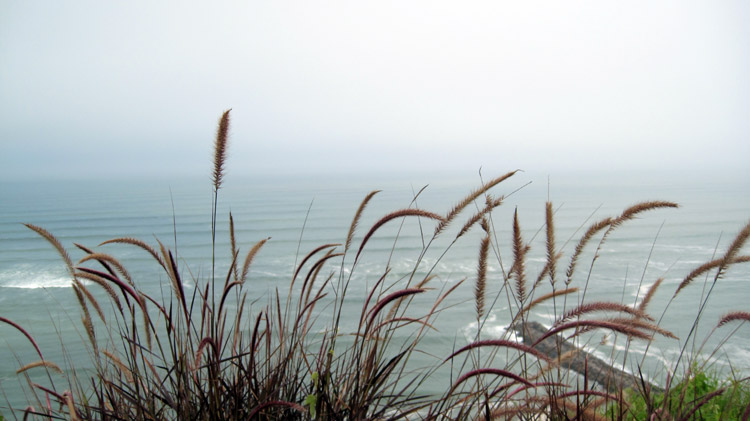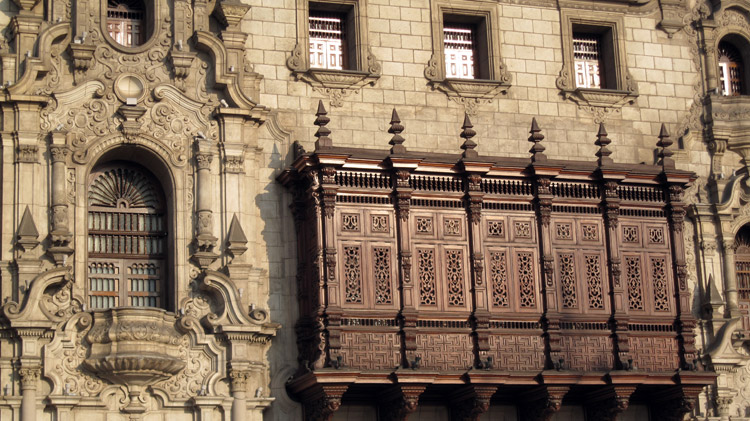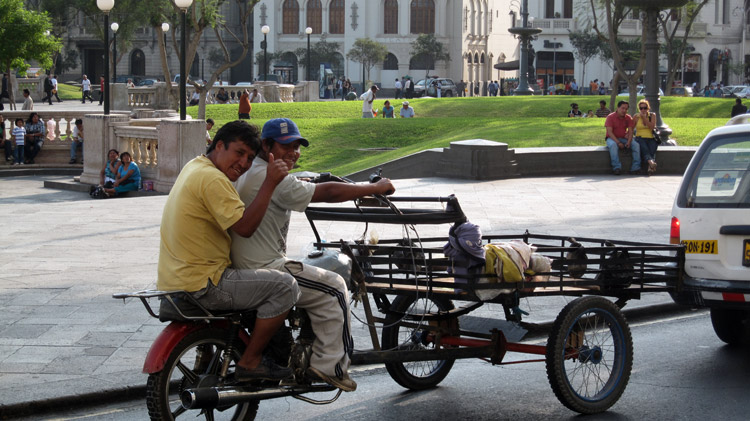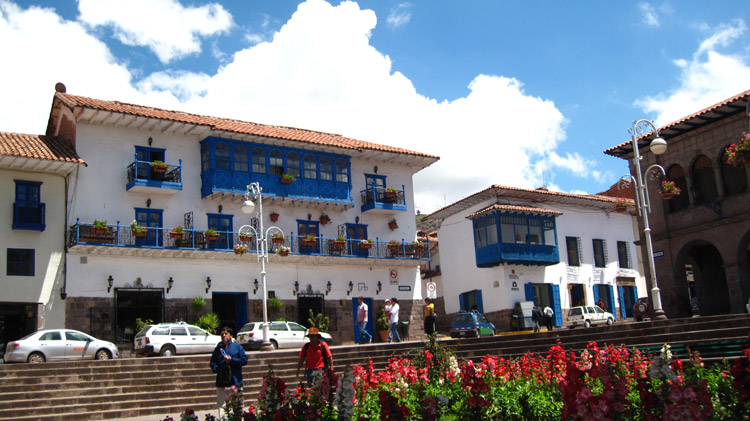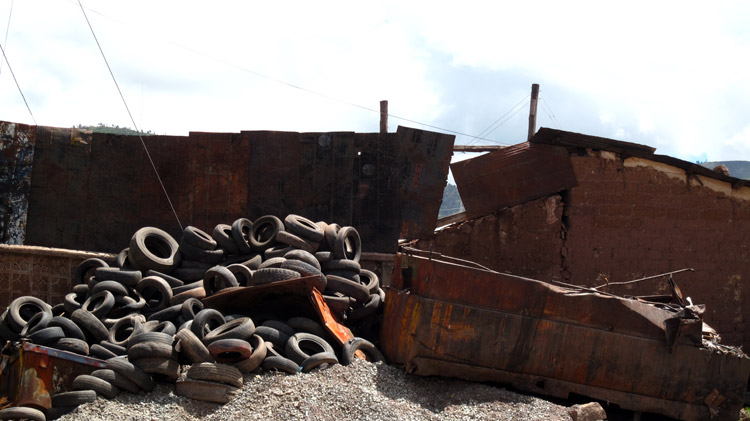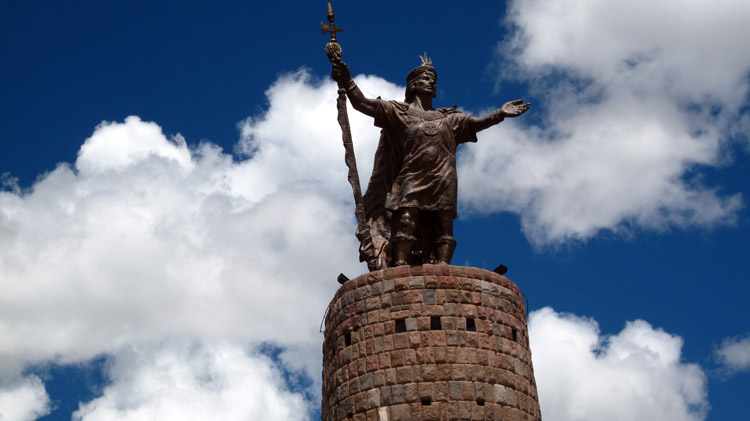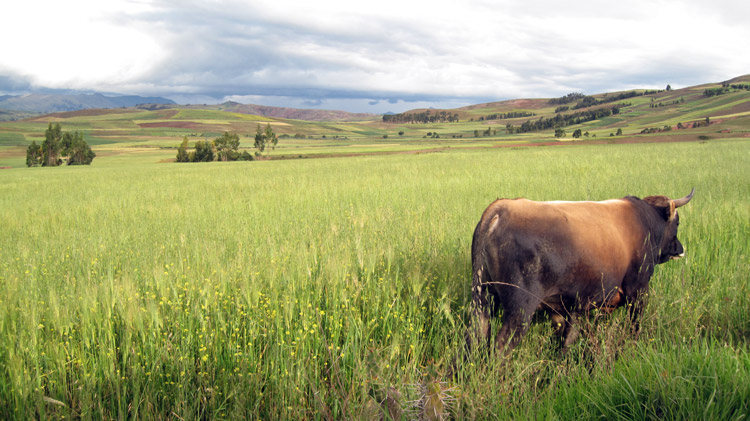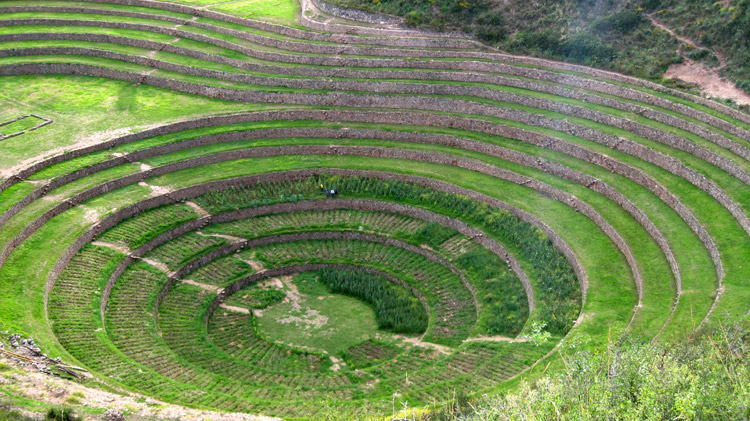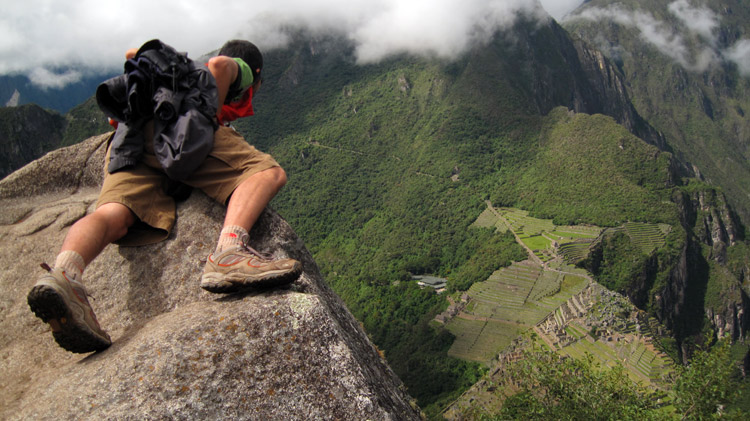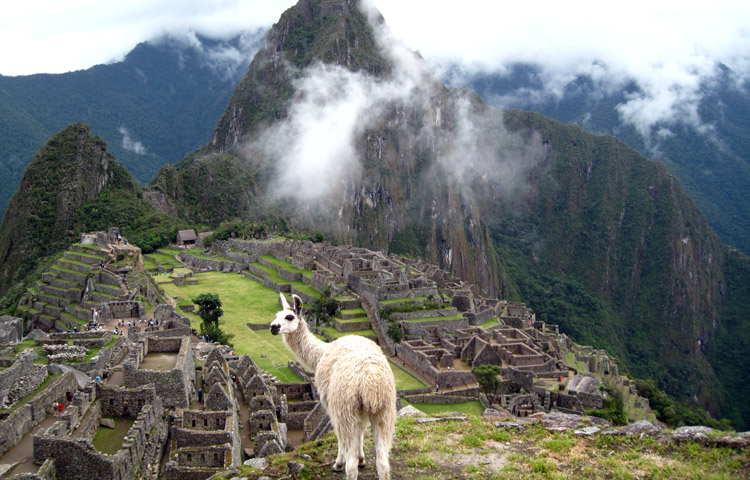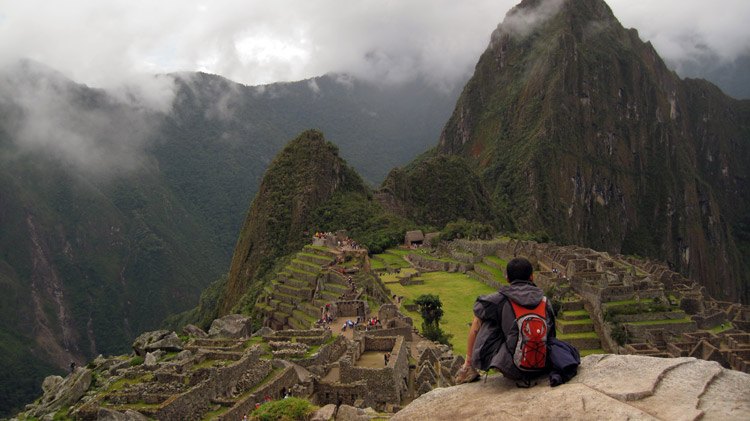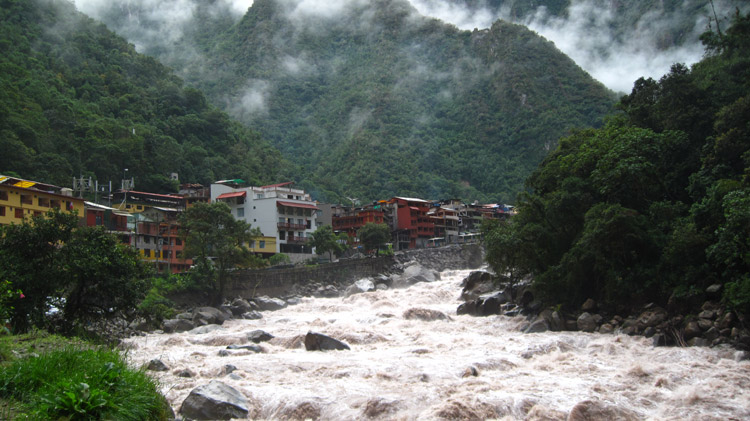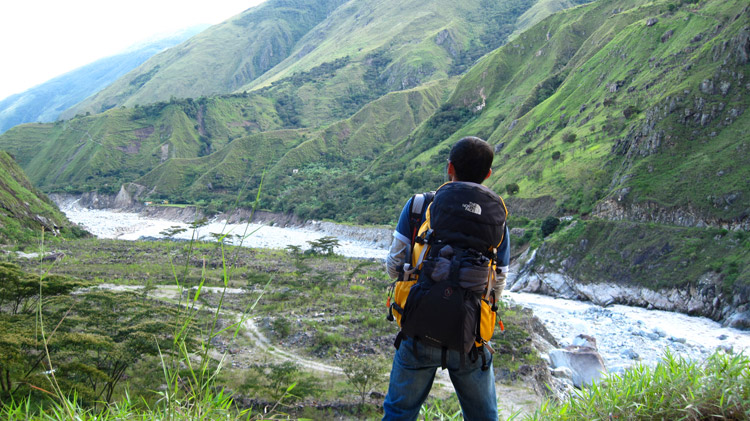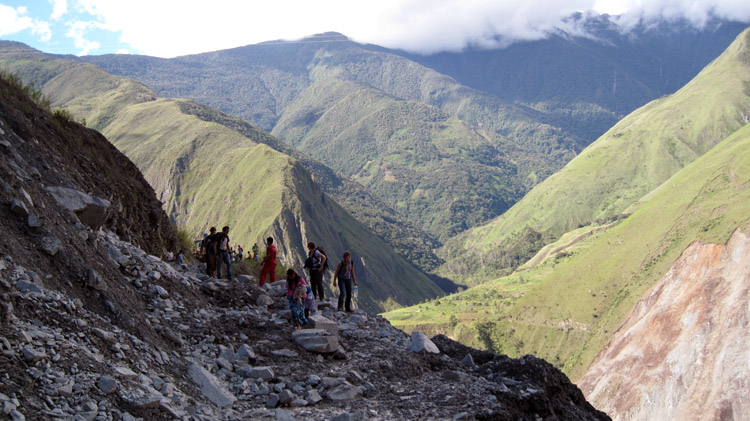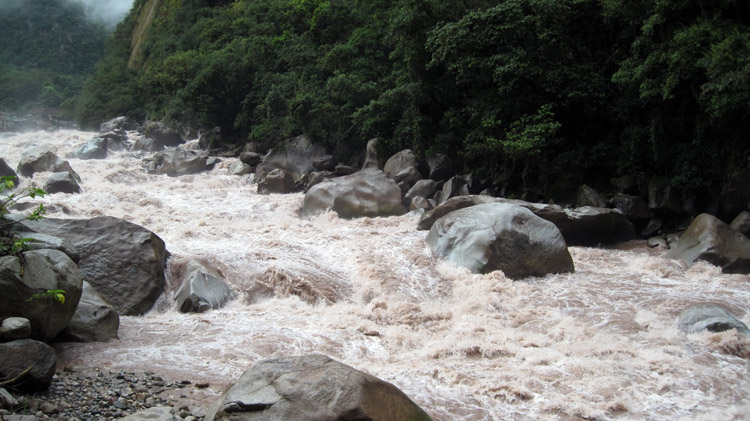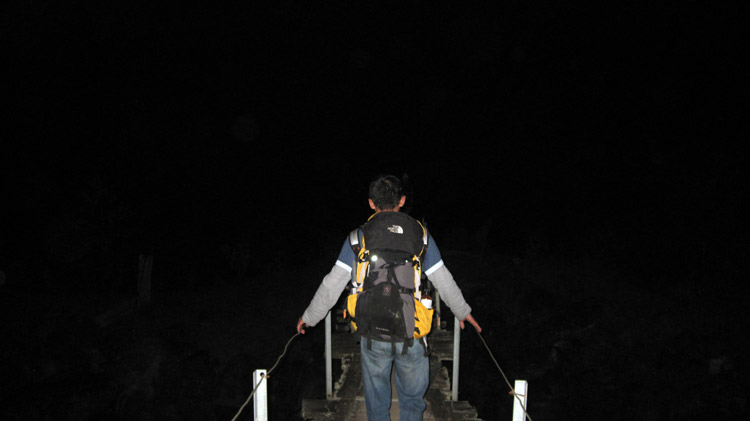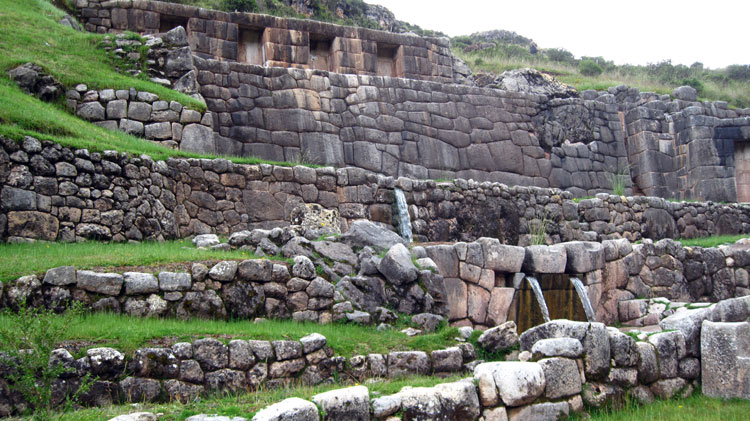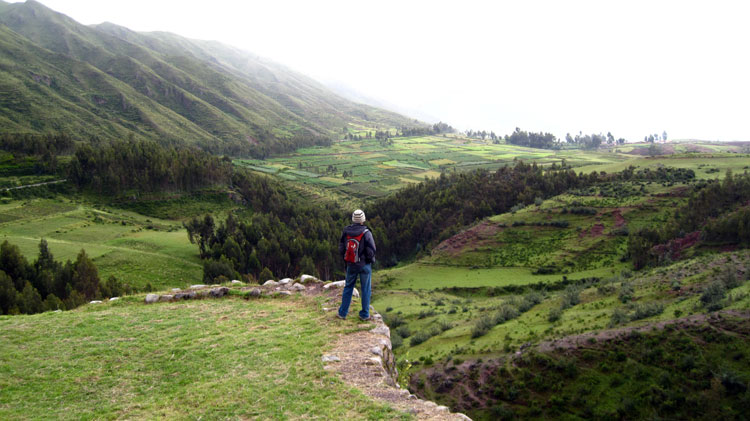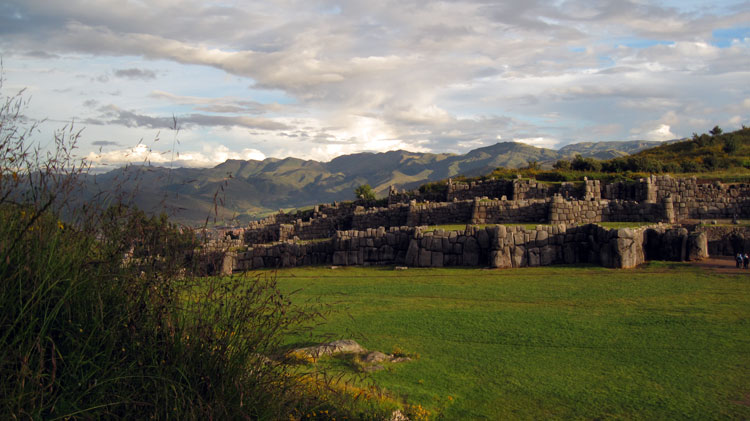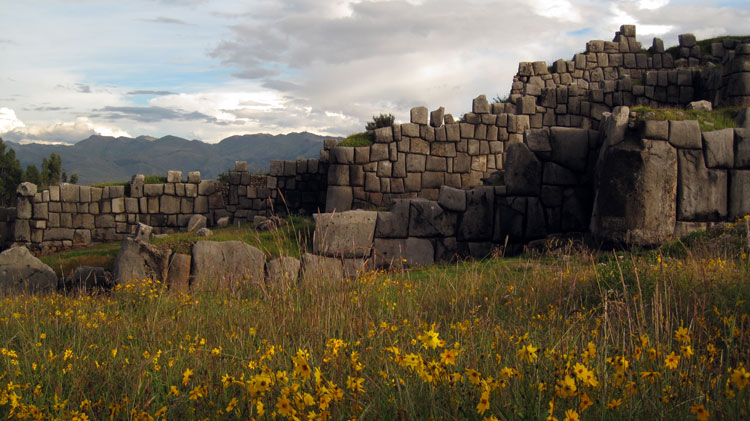The book of this life turns page by page, each chapter necessarily follow the last. And so again I ventured unto distant lands. Without so much as fanfare or pother, I had come with no impressions and will leave without a trace. So too, the passing pleasures of this floating life have come and gone, and I alone, remain to recollect their fugacious fancies like a dream recounted.
We all are but wandering shadows in a crowd, and all too soon, our deeds will be scarce remembered. No matter where or how our individual lives are lived, the essential nature of all experiences is fleeting. For one memory retained, how many hundreds are forever lost to the recesses of time gone by? As such, know that experiences will come and go, whether they be piquant or poignant, bliss or blight; only the essence of experiencing itself remains constant. We ought live the moments nigh, for the uncertainties of the morrow is never more reassuring the the present breath drawn; indeed, present mirth hath present laughter. The essence of all there is to experience is now.
To all the paths I have traipsed, the variegated scenes I gazed upon, and the many faces smiled upon, humbled am I to have received your graces, but also apologies tendered for my slights and trespasses. I was but the wandering guest who for a moment in time drifted pass your towns and country, to follow your footfalls and learn of the customs and legacies of your ancient cultures; and though not born or counted amongst your proud heritage, I am blessed to have rejoiced in your triumphs and common humanity, and honored to greet you as brethren.
Our paths hereon diverge like two branches of a stream, whereto their effluence follow is unknown to either of us. Wherever your path may lead, irrespective of place or circumstance, may you always have joy in your hearts and peace on your minds.

